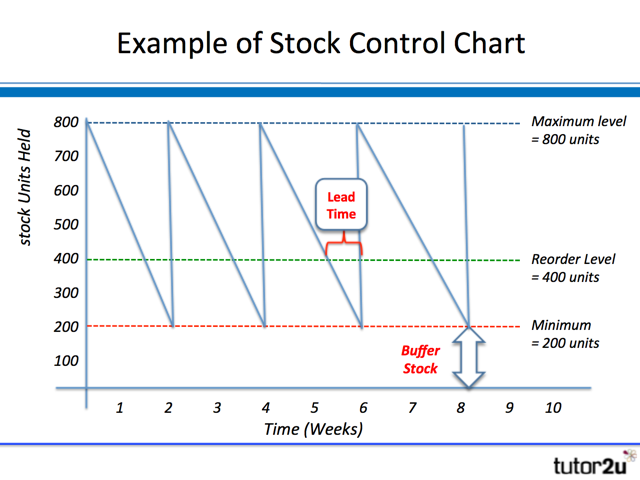Dynamic Markets - 1.1.1
Dynamic markets - Markets which are constantly changing. The environment is dynamic, for example buyers may choose to buy less of one product and more of another. It can grow, change and decline very quickly Some markets are quite stable and change little over time. For example, the market for Kelloggs cornflakes has changed very little, although there are far more competing products than there were when they were invented in 1894. Market size and market share do not change much and there is little innovation. Other markets are far more dynamic, subject to rapid and continuous changes. All businesses must adapt to the changing nature of their markets. Reasons for dynamic markets constantly changing: Social trends Changes in technology Competitiveness Trends Consumer tastes Fashion Rising/Falling incomes Arrival of a superior product offered by competition External shocks Business have to adapt their marketing in response to these changes... If they do not keep up, the...

